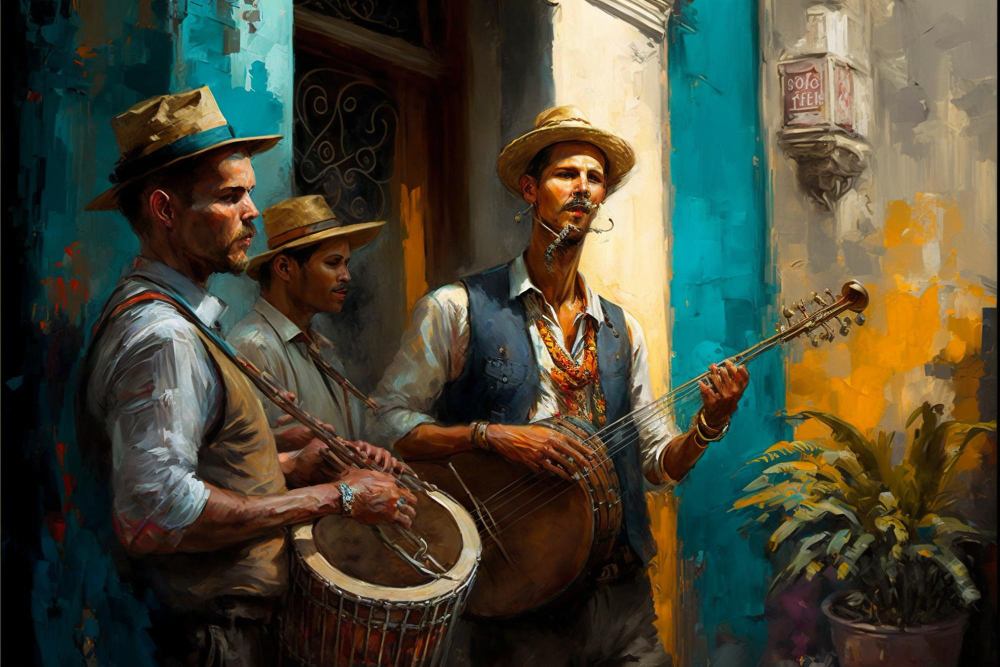Jazz History

Jazz mixed African American musical traditions with European music. It originated in New Orleans around the turn of the 20th century. Jazz mixes forms and melodies, developing into a very complex musical style.
Jazzy music sprung from sources like spirituals, brass bands, and work songs from African-American traditions. Many other cultures’ music styles found their way into jazz, including the Caribbean and Latin American sounds. As the genre spread across New Orleans to other locations, it incorporated many new elements.
Jazz is a genre that is open to many different sub-genres. These include fusion, bebop, and swing. Over time, jazz has evolved and changed its form. However, it still maintains many creative and improvisational principles. These principles focus on individuality, expression, and creativity.
Jazz continues to be influential and popular today among many generations of musicians, fans, and scholars. It’s a tradition that has been passed down through the years and is still beloved by many.

1890s – 1910s:
- The origins of jazz are generally traced back to New Orleans, Louisiana, where African American musicians combined elements of blues, ragtime, brass band music, and other musical styles.
- Early jazz was characterized by collective improvisation, swing rhythms, and a strong emphasis on blues and gospel music.
1920s:
- Jazz became popular in cities across the United States, particularly in Chicago and New York.
- Jazz musicians developed new styles such as Dixieland, which was characterized by ensemble playing and the use of the trumpet and clarinet.
- Jazz began to gain recognition and respect as an art form.
1930s:
- The swing era, characterized by big band jazz and the dominance of swing dance music, began.
- Duke Ellington, Count Basie, and Benny Goodman were among the most famous bandleaders of the time.
1940s:
- Bebop, a more complex and sophisticated form of jazz, emerged and became popular among musicians and audiences alike.
- Bebop was characterized by a focus on virtuosic instrumental solos, more advanced harmonic structures, and a rejection of the danceable rhythms of swing.
- Thelonious Monk, Charlie Parker, and Dizzy Gillespie were among the leading bebop musicians.
1950s:
- Hard bop, a style that combined elements of bebop with blues and gospel influences, emerged.
- The 1950s also saw the rise of cool jazz, a more introspective and mellow style that was popularized by musicians such as Miles Davis and Gerry Mulligan.
1960s:
- Free jazz, which emphasized improvisation and rejected conventional musical structures, emerged as a distinct style.
- Fusion, which combined jazz with elements of rock, funk, and other musical styles, also began to develop during this decade.
1970s onwards:
- Jazz continued to evolve and diversify, with styles such as jazz-rock, jazz-funk, and jazz-pop becoming popular.
- Jazz also saw a resurgence of interest and respect, with many younger musicians drawing inspiration from jazz’s rich history.
The most popular jazz artists
Louis Armstrong
Duke Ellington
Ella Fitzgerald
Miles Davis
Billie Holiday
Charlie Parker
John Coltrane
Thelonious Monk
Chet Baker
Benny Goodman
